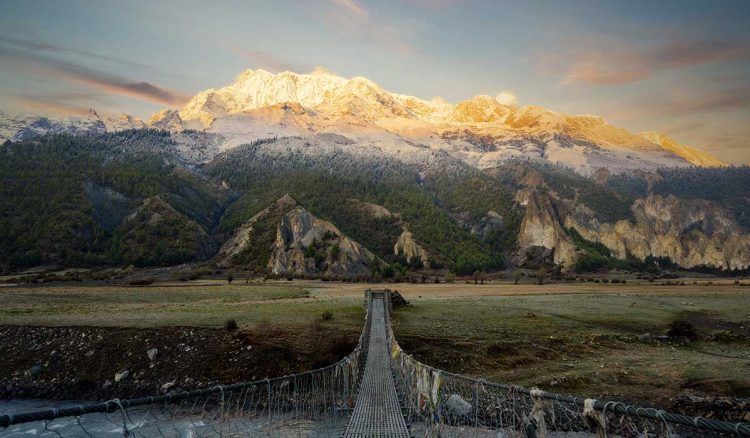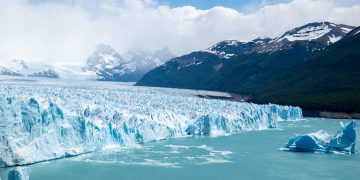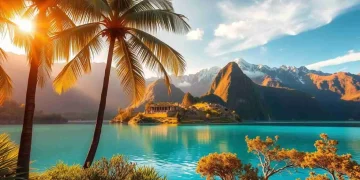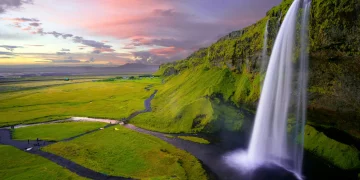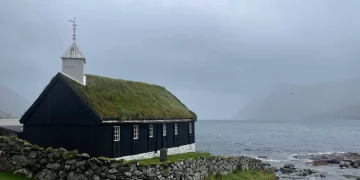A Changing Altitude in Traveler Priorities
In 2025, something remarkable happened in the Himalayan trekking community: for the first time in decades, trails like the Annapurna Circuit and the Manaslu Trail began to outpace Everest Base Camp (EBC) in traveler interest, social media mentions, and international bookings. It wasn’t just a trickle of seasoned hikers seeking solitude—it was a full-blown shift in the mindset of adventure travelers.
For generations, EBC had stood as the holy grail of trekking, a bucket-list badge that symbolized endurance and global bragging rights. But the crowds, commercialization, and increasing infrastructural pressures have left many modern trekkers disenchanted. Instead of pushing toward Everest’s increasingly trafficked trails, they’re turning left—toward quieter valleys, lesser-known villages, and culturally immersive trails that offer something Everest can’t: stillness.
Today’s hikers are no longer chasing only altitude. They’re chasing authenticity.
The Rise of the Annapurna Circuit and Manaslu Trail
The Annapurna Circuit has always been known among trekking circles as one of the world’s most diverse high-altitude journeys. Stretching up to 230 km depending on route variations, it winds through rice paddies, deep gorges, rhododendron forests, Tibetan-style villages, and the dramatic Thorong La Pass at 5,416 meters. Unlike EBC, it offers dramatic elevation changes and a constantly shifting cultural landscape—Brahmin lowlands give way to Gurung midlands and Tibetan-style highlands, all within a few days’ walk.
In 2025, the Annapurna Circuit surged in popularity not because it was new, but because it finally fit the new travel ethos. Trekkers want slower rhythms, less camera congestion, and more meaningful interactions. The Circuit’s tea house accommodations, many still run by multi-generational families, allow daily moments of connection—drinking butter tea with locals, learning a bit of Nepali, or helping stir a lentil dal in a smoky kitchen.
Meanwhile, the Manaslu Trail has quietly emerged as the thinking hiker’s alternative. Located near the border with Tibet, the trail loops around Mount Manaslu—the eighth-highest mountain in the world—but sees a fraction of the traffic of its Everest counterpart. In 2025, the Nepal Tourism Board reported a 37% year-over-year increase in Manaslu Trail permits, much of it driven by adventure content on social media platforms spotlighting its pristine valleys and intimate village culture.
Instagram Rewires the Himalayan Narrative
While Instagram was once dominated by wide shots of colorful tents clustered near Everest Base Camp, the feed began to evolve in 2024. Influencers and micro-bloggers shifted focus toward the overlooked gems of the Himalayas. Posts now feature candid shots of prayer wheels in Ghyaru, sunrise in the remote Nubri Valley, or trekkers helping local farmers carry firewood in Yak Kharka.
This pivot wasn’t just aesthetic—it was algorithmic. Social media users have grown weary of destinations that feel overly documented. When every other feed shows the same Everest trekker lineup or Khumbu Glacier snap, it’s the unseen that starts to draw clicks. The Manaslu region’s unpaved trails and limited tea houses offer a content goldmine: authenticity, contrast, and narrative.
Travelers posting from the Annapurna Circuit highlight how they went five hours without seeing another tourist. Others share stories of local guides teaching them how to read prayer flags or harvest millet in season. These aren’t just treks—they’re experiences with emotional payloads.
Overtourism, Altitude Crowds, and the Everest Dilemma
The Everest Base Camp trek is still epic. No one is denying its grandeur, its emotional arc, or its draw for first-time high-altitude adventurers. But by 2025, the cracks in its reputation had begun to widen.
With more than 70,000 trekkers annually on the EBC route, the bottlenecks—particularly near Lukla, Namche Bazaar, and Dingboche—had reached unsustainable levels. Flights in and out of Lukla were constantly delayed. Accommodations had waiting lists in shoulder seasons. And while Nepalese authorities had attempted to regulate the trail more strictly, commercial pressure remained high.
That pressure spilled into the trek itself. More tea houses were built rapidly, and some villages reported water stress due to increased demand. Many travelers shared their frustration at the feeling of being part of a moving queue rather than an expedition. Some reported garbage accumulation on the lower trails, and others voiced concerns about the dilution of local culture due to tourism saturation.
By contrast, the Manaslu region enforces a limited permit system and requires the use of certified guides. The Annapurna region—though more popular—still has vast swaths of its western and northern circuits relatively untouched. The result: deeper traveler satisfaction.
Local Voices: What Trekking Means to Communities
In Ghyampesal, a small village along the Manaslu circuit’s entry route, elders speak of a “better kind of visitor” in recent years. “They ask questions. They learn our greetings. They buy our handmade baskets, not just packaged snacks,” says Dawa Tamang, a local lodge owner. “They treat the trail as a classroom, not just a challenge.”
In Braga along the Annapurna Circuit, 23-year-old Karma Sherpa left Kathmandu to return to his home village and open a tea house catering specifically to long-stay trekkers. His clientele is different now. “They stay two nights, even three. They don’t ask for Wi-Fi, they ask for stories.”
This shift isn’t just feel-good marketing—it’s economic and cultural empowerment. Trekking income supports schools, healthcare clinics, and local agriculture. When visitors venture beyond Everest, they spread these benefits to communities that are otherwise isolated from Nepal’s mainstream economy.
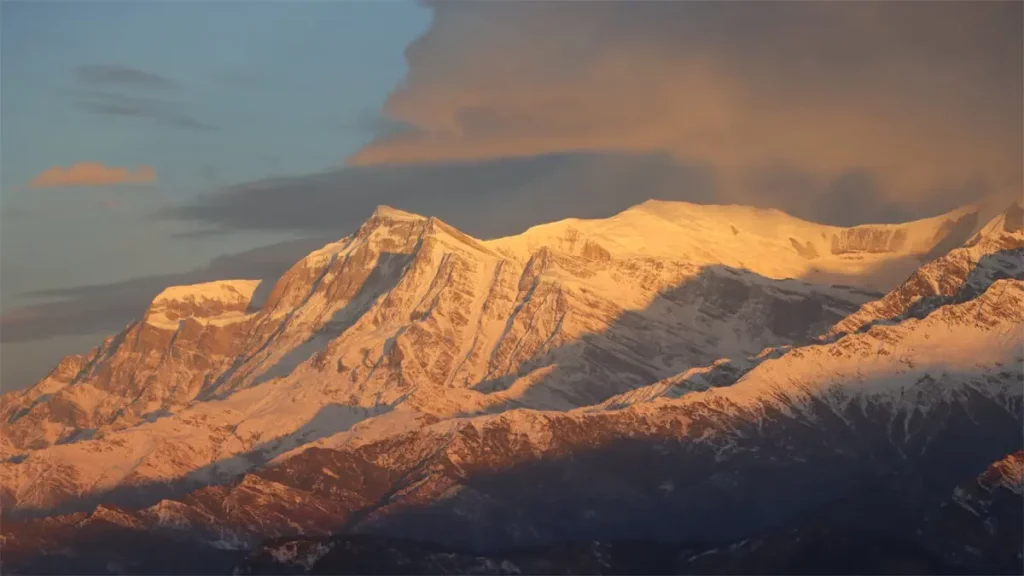
The New Adventure Ethic: Depth Over Distance
Adventure in 2025 has moved past the achievement model. Instead of asking “How high did you climb?” or “Did you get to Base Camp?”, the modern traveler asks, “What did you learn?” or “Who did you meet?” This introspective shift has fueled the interest in lesser-known Himalayan routes.
The Tsum Valley, a secluded side valley off the Manaslu Trail, now attracts trekkers seeking spiritual immersion rather than summit selfies. Monastery visits, silent mornings, and a near-total absence of connectivity force trekkers to confront themselves. It’s less a hike than a meditation.
The Annapurna region’s lesser-traveled Upper Mustang loop—once the domain of high-paying tourists—is increasingly seen on younger travelers’ itineraries, thanks to scholarships, grants, and cultural exchange programs. The narrative now centers on sustainability and respect, not just ruggedness.
Tips for Trekking Beyond Everest
- Do Your Permit Homework: Manaslu and Tsum Valley require special permits and a registered guide. These rules protect the land and culture—respect them.
- Pack Light, Pack Right: With fewer tea houses, some areas require more self-reliance. Invest in lightweight, warm gear and support local porters where possible.
- Learn Basic Phrases: Knowing how to say “namaste” or “dhanyabad” goes a long way in showing respect and opening doors to stories.
- Stay Longer in One Place: Don’t just pass through. Spend two nights in a village. Attend a puja. Visit the school. Slow is sacred.
- Choose Operators Wisely: Book through ethical trekking agencies that employ local guides, pay fair wages, and prioritize ecological stewardship.
What This Means for Nepal’s Tourism Future
Nepal is at a crossroads. The Everest economy is vital, but it’s no longer the only option—or even the most sustainable one. In 2025, the Ministry of Culture, Tourism and Civil Aviation launched a “Beyond Everest” campaign, encouraging tourists to explore alternative circuits. Funds were allocated to restore trails in Langtang, Dolpo, and Rara Lake. Social media campaigns were launched to showcase lesser-known mountain regions.
The payoff is real. Communities that had previously been overlooked are seeing fresh opportunity. And travelers are returning home not just with summit photos, but with new perspectives, lifelong friendships, and a deeper understanding of Nepal’s complex mountain heritage.
The Everest Legacy Lives On—But Its Aura Has Evolved
Everest isn’t going anywhere. It remains an icon, and its stories will continue to inspire. But in 2025, its monopoly on Himalayan fame has ended. Trekkers are rewriting the map of desire, placing the Annapurna Circuit, the Manaslu Trail, and even newer routes like Kanchenjunga in the spotlight.
What was once fringe is now aspirational. The humble tea house trek through unknown ridgelines is the new badge of honor. In a world saturated with travel clichés, Nepal’s hidden trails offer a different path—one that values depth over distance, people over peaks, and memory over media.


